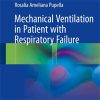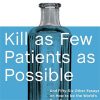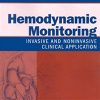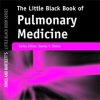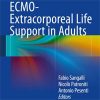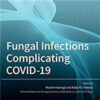Safe Airway Society Principles of Airway Management and Tracheal Intubation Specific to the COVID-19
mja.com.auTransmission of COVID-19 is primarily through droplet spread. These droplets are affected by gravity and may cause direct transmission from close contact or contribute to surface contamination (where the virus may remain active for hours to days).
However, coughing and some airway management procedures can generate aerosols composed of smaller virus containing particles suspended in air.
These airborne particles may travel greater distances and be inhaled, increasing the risk of transmission.
The process of caring for severe COVID-19 patients and performing aerosol-generating procedures (AGPs) in this group presents an increased risk of infection to healthcare workers.
During the SARS-CoV outbreak in Canada in 2002, half of all the SARS-CoV cases were nosocomial transmission to healthcare workers (HCWs).
In addition to the personal health risks to infected HCWs, illness and quarantine procedures can diminish the available resources to manage patients at a time of high demand.
COVID-19 has now been classified as a high consequence infectious disease (HCID), emphasising the significant risk to HCWs and the healthcare system.


